Why Being Wrong Is Actually A Good Thing
This is first about how the process of becoming wrong—the sweeping of the arms out in front of you as you search—helps you become right.

This is first about how the process of becoming wrong—the sweeping of the arms out in front of you as you search—helps you become right.
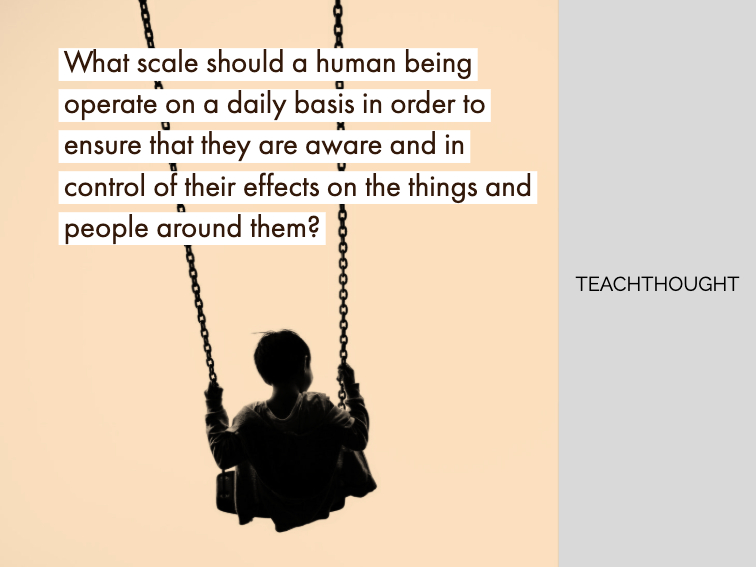
What scale in learning should someone operate on to ensure that they are aware and in control of their effects on the things around them?
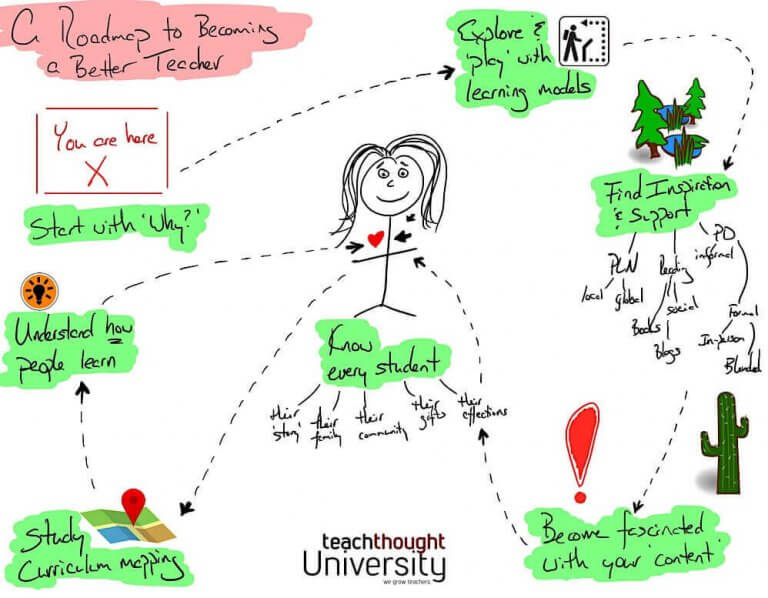
Improvement in teaching can be reduced to a matter of prioritization, practice, reflection and refinement.
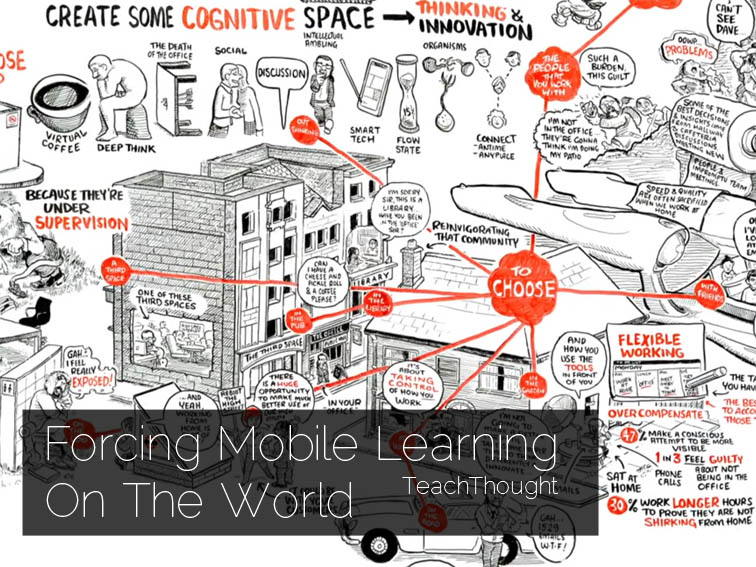
In education, we tend to think of mobile learning as learning in classrooms with tablets and smartphones. But that’s only part of it.
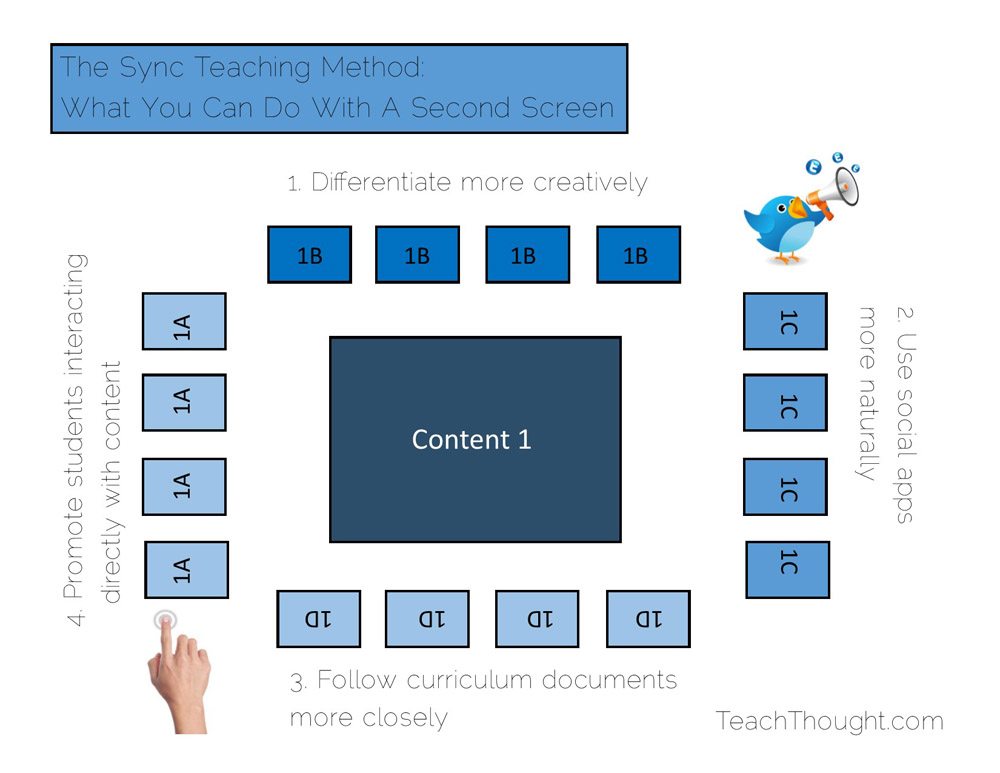
Second screen learning provides access to personalized content while the teacher guides the lesson. This is the Sync Teaching Method.
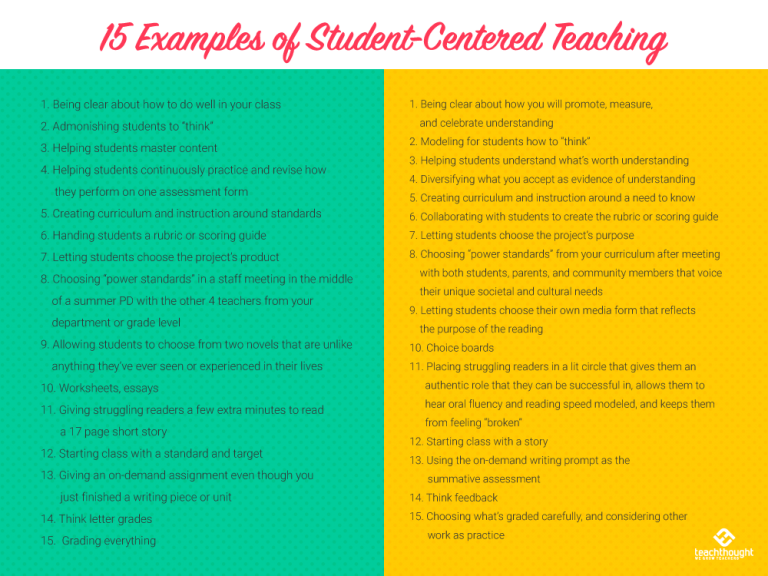
Student-centered teaching is simply the process of teaching with student needs ‘first.’ Here are 15 examples of student-centered teaching.
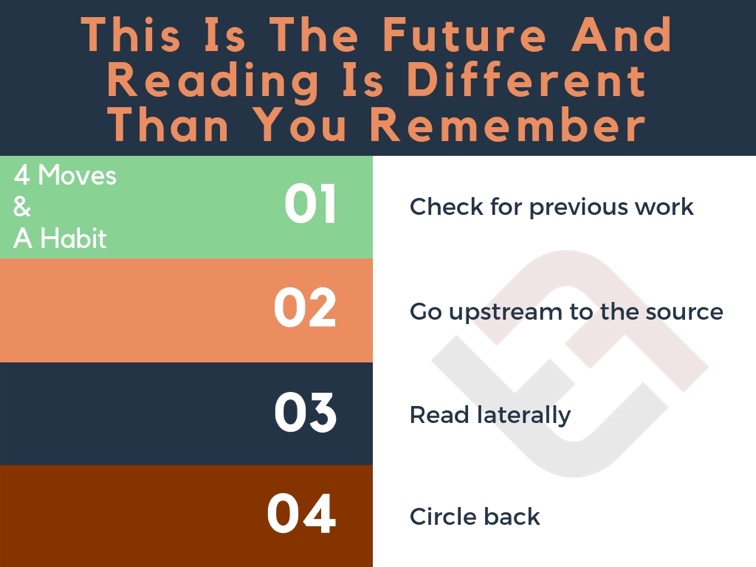
Lateral reading is reading ‘across’ texts sequentially–primarily for the purpose of evaluating the credibility of a text.
There is tremendous pressure for education to ‘globalize.’ But the challenge of global learning is that it isn’t universally agreed upon.
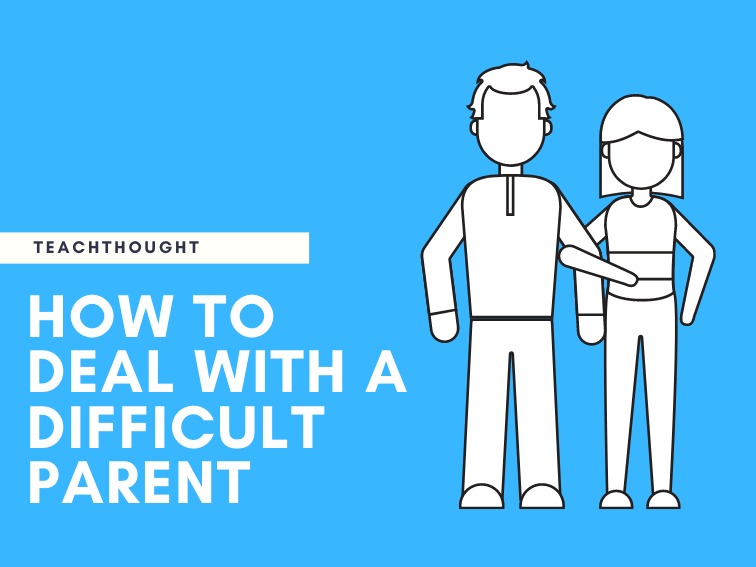
In all of my years of teaching, I can count on one hand the number of ‘difficult parents’ I had to face. But when I did, it was extremely challenging.
The future of learning is certainly blended learning–a mix of remote and face-to-face instruction. Perhaps we should use current momentum?
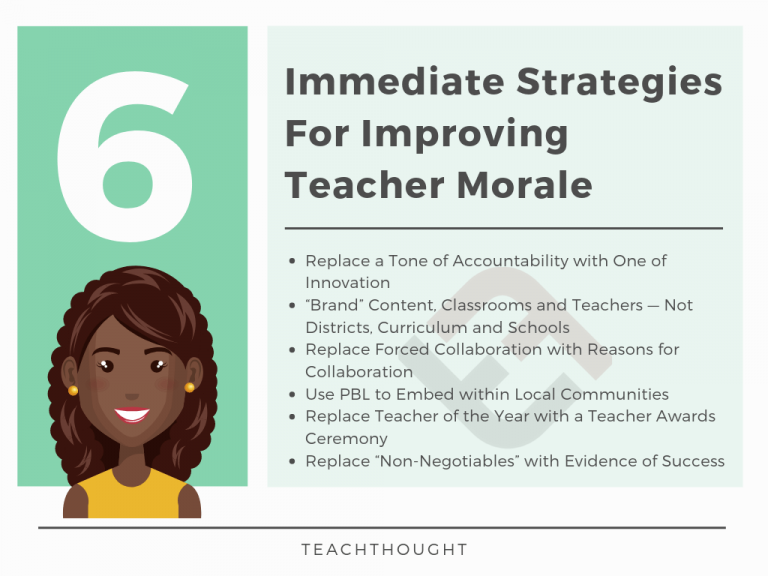
Rediscovering the human elements of teaching and learning is among the most powerful strategies for improving teacher morale.
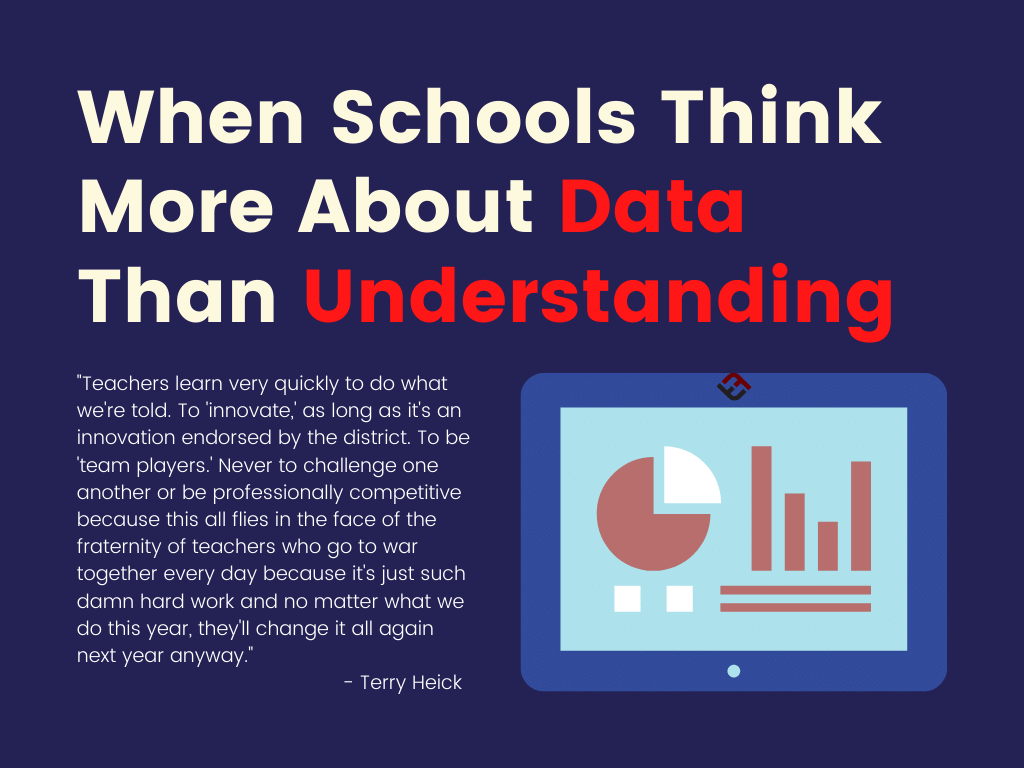
Teaching is easy. Teaching well is very, very hard to do day in and day out, especially in the schools that need it most.
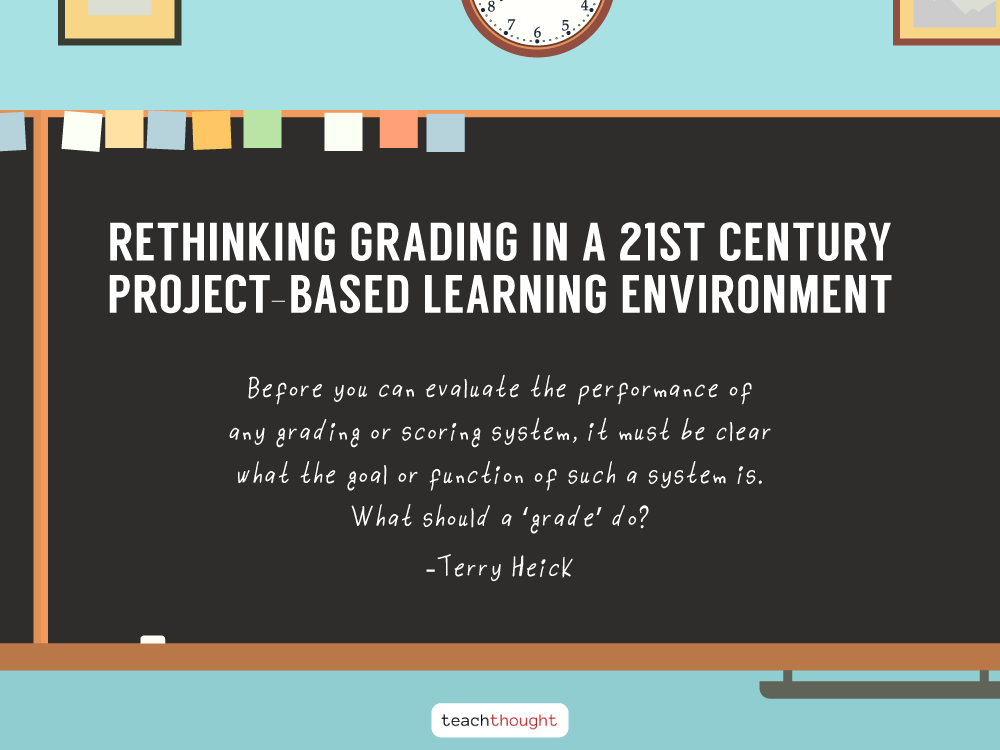
Rethinking grading in project-based learning can support students by clarifying complexity and rewarding nuance of understanding.
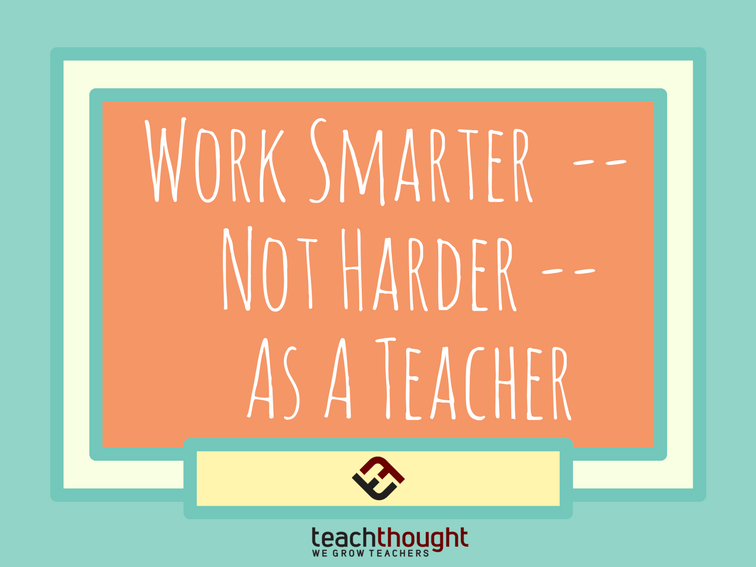
Working hard also means being smart. Prioritizing, collaborating, and working with a ‘do less’ partner can all help you reduce your workload as a teacher.